Triclosan Powder
1000.0 INR/Kilometer
Product Details:
- Ph Level 7.0
- Particle Size 0.67 and 0.58
- Solubility soluble in methanol
- Shelf Life 1-5 Years
- EINECS No 222-182-2
- Melting Point 55
- HS Code 29095090
- Click to View more
X
Triclosan Powder Price And Quantity
- 1000.0 INR/Kilometer
- 25 Kilometer
Triclosan Powder Product Specifications
- Pharmaceutical Intermediates
- C12H7Cl3O2
- C12H7Cl3O2
- 7.0
- Powder
- Medicine Grade
- 120
- 0.67 and 0.58
- soluble in methanol
- 1-5 Years
- Triclosan
- Not more than 0.1%
- 5-chloro-2-(2,4-dichlorophenoxy)phenol
- 222-182-2
- 55
- Room Temperature
- fine white crystalline powder
- 3380-34-5
- Triclosan is widely used as an antimicrobial ingredient in surgical hand scrubs and hand washes in hospitals and other healthcare facilities. In toothpaste, triclosan can help combat the bacteria that cause gingivitis.
- 29095090
- 99.8%
- 289.55 Grams (g)
Triclosan Powder Trade Information
- any indian port
- Cash Against Delivery (CAD), Cash Advance (CA), Letter of Credit at Sight (Sight L/C), Letter of Credit (L/C)
- 100 Kilometer Per Day
- 7 Days
- No
- Free samples are available
- DRUM PACK
- Asia, Australia, Africa, Central America, North America, South America, Eastern Europe, Western Europe, Middle East
- WE PROVIDES ALL KIND OF CERTIFICATIONS AS YOU REQUIRED
Product Description
It is a diphenyl ether derivative used in cosmetics and toilet soaps as an antiseptic. This compound is known for bacteriostatic and fungistatic action. Since establishment, we have been playing a lead role in offering our clients Triclosan. It is added to toothpastes to prevent gingivitis and is used in many household products for its topical antibiotic activity. It is widely used as a preservative and antimicrobial agent in personal care products such as soaps, skin creams, toothpaste and deodorants. It is also used in health care settings in surgical scrubs and personnel hand washes.
Triclosan is an antibacterial and antifungal agent present in some consumer products, including toothpaste, soaps, detergents, toys, and surgical cleaning treatments. It is similar in its uses and mechanism of action to triclocarban.
Triclosan Properties:
- IUPAC ID: 5-chloro-2-(2,4-dichlorophenoxy)phenol
- Formula: C12H7Cl3O2
- Molar mass: 289.54 g/mol
- Boiling point: 120 C
- Melting point: 55 C
- Density: 1.49 g/cm
- CAS No.: 3380-34-5
- Deleted CAS: 88032-08-0|261921-78-2|164325-69-3|112099-35-1
- EINECS: 222-182-2
- Density: 1.49 g/cm3
- Flash Point: 162.2 C
- Appearance: powder
- Synonyms: Phenol,5-chloro-2-(2,4-dichlorophenoxy)-;CH 3565;5-Chloro-2-(2,4-dichlorophenoxy)phenol;Irgasan DP 300;Triclosin;VIV 20 (Triclosan);ALT-TCS;2,4,4'-Trichloro-2'-hydroxy diphenylether (Triclosan);IRGASAN DP300;
How Does It Work:
Inhibiting enoyl-(acyl carrier protein) reductase allows the chemical to kill bacteria by disrupting the fatty acid biosynthesis pathway, which then disrupts lipid synthesis and ultimately causes the cell to die. Until recently, triclosan was widely used in hygiene products.
Applications. Or Where It Is Used:
The antimicrobial ingredient triclosan has been widely used in surgical hand scrubs and hand washes at hospitals and other healthcare facilities. It is an antibacterial agent found in toothpaste that helps fight gingivitis.
Manufacturing Process:
TRICLOSAN is formed by diazotizing 2,4,4'-trichloro-2'-aminodiphenyl ether with nitrosylsulfuric acid and then hydrolyzing it with extremely hot and strong sulfuric acid.
Dosage Of Usage:
The dose of triclosan your doctor recommends will be determined by the following (check all that apply):
- the condition being treated
- other medical conditions you have
- other medications you are taking
- how you respond to this medication
- your weight
- your height
- your age
- your gender
Triclosan is available in the following doses:
- Triclosan Topical 0.2% Topical Liquid
- Triclosan Topical 0.25% Topical Solution
- Triclosan Topical 0.3% Topical Bar
Side Effects:
There are numerous health problems associated with the antibacterial compound Triclosan. Absorption mainly occurs through the skin, mouth lining. Contact dermatitis, or irritation of the skin, has developed, as have allergic reactions, especially in children.
Warnings And Precautions While Using This Product:
At all times, wear protective clothing, safety glasses and chemical-resistant gloves. Do not touch the product without first washing your hands. Triclosan handling areas should be ventilated properly and equipped with eyewash stations. Triclosan dust or vapor should not be inhaled.
Tell us about your requirement

Price:
Quantity
Select Unit
- 50
- 100
- 200
- 250
- 500
- 1000+
Additional detail
Mobile number
Email

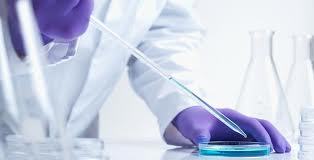
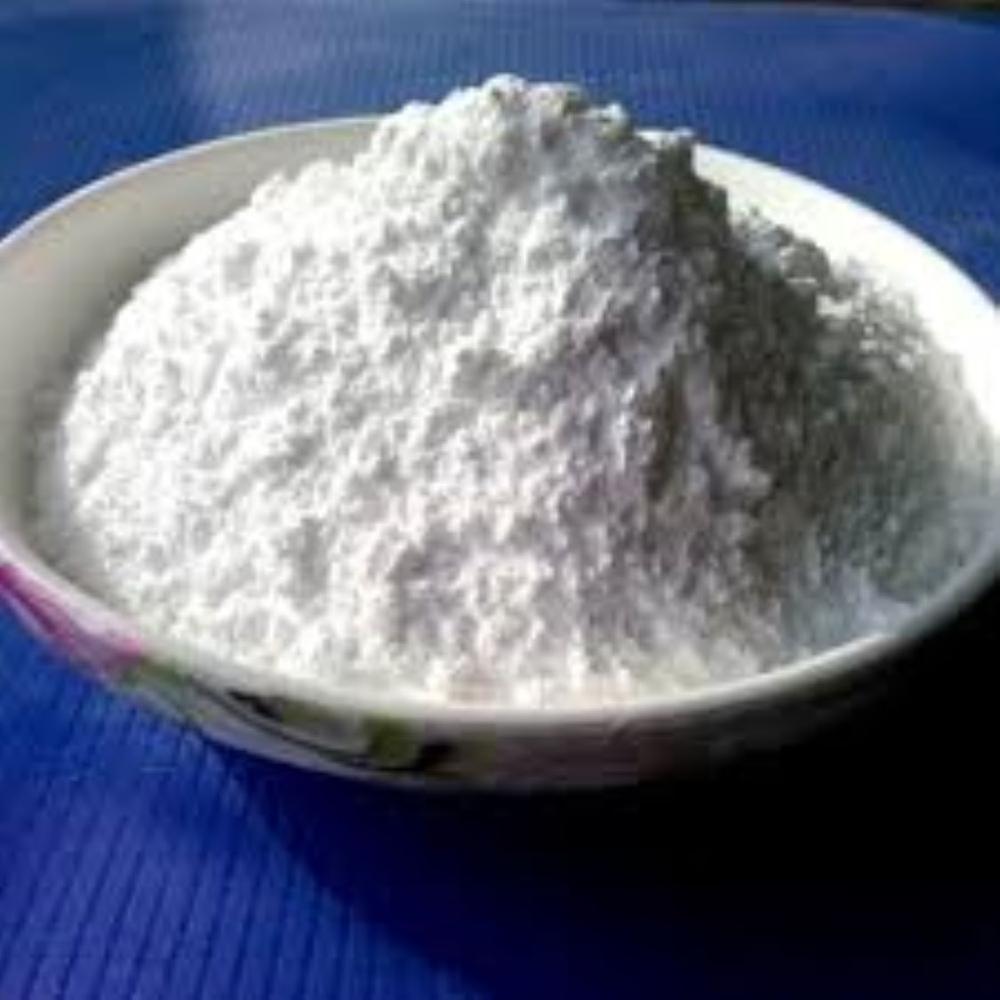


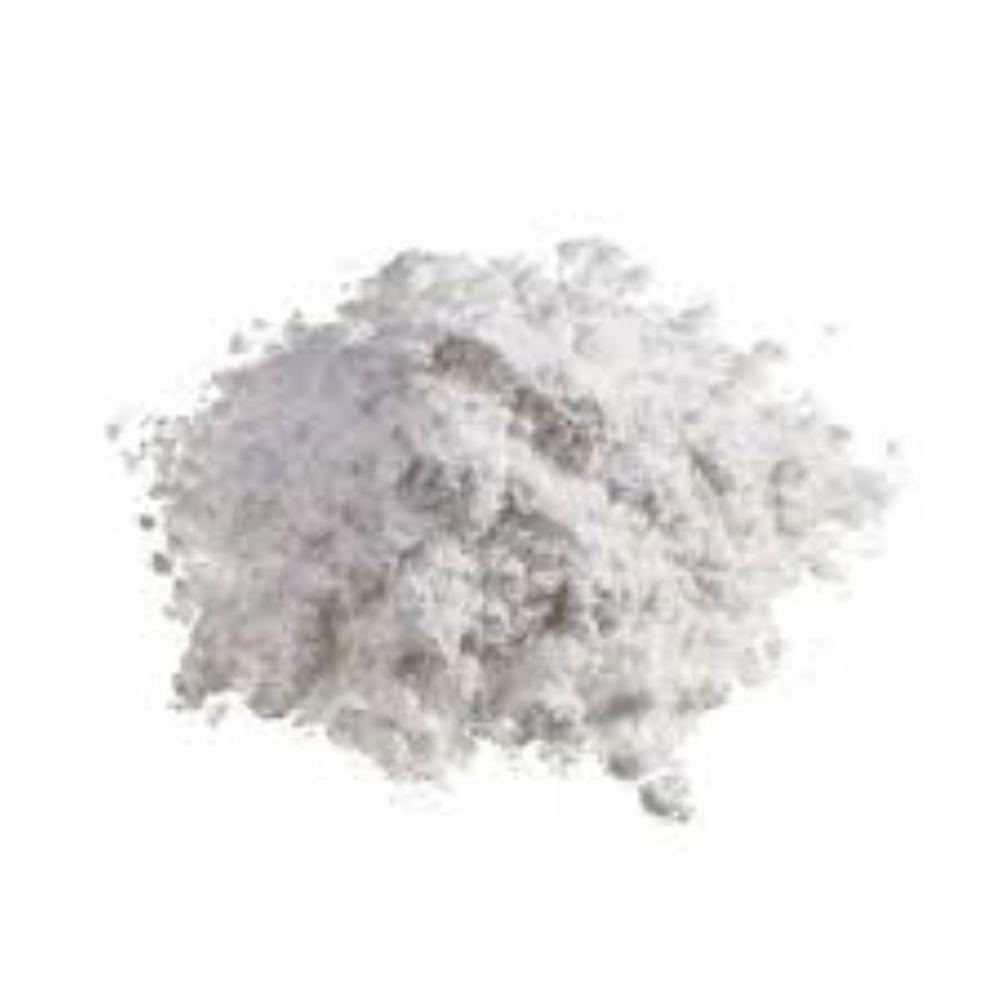

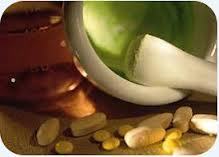
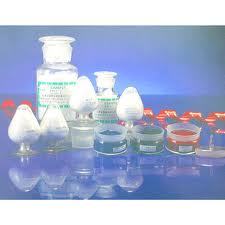
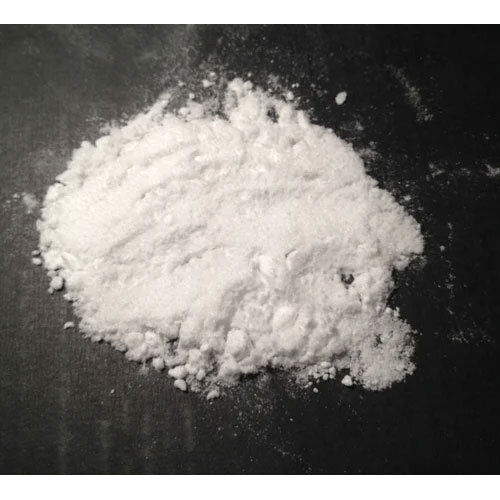

 : nilesh.sheth70
: nilesh.sheth70
